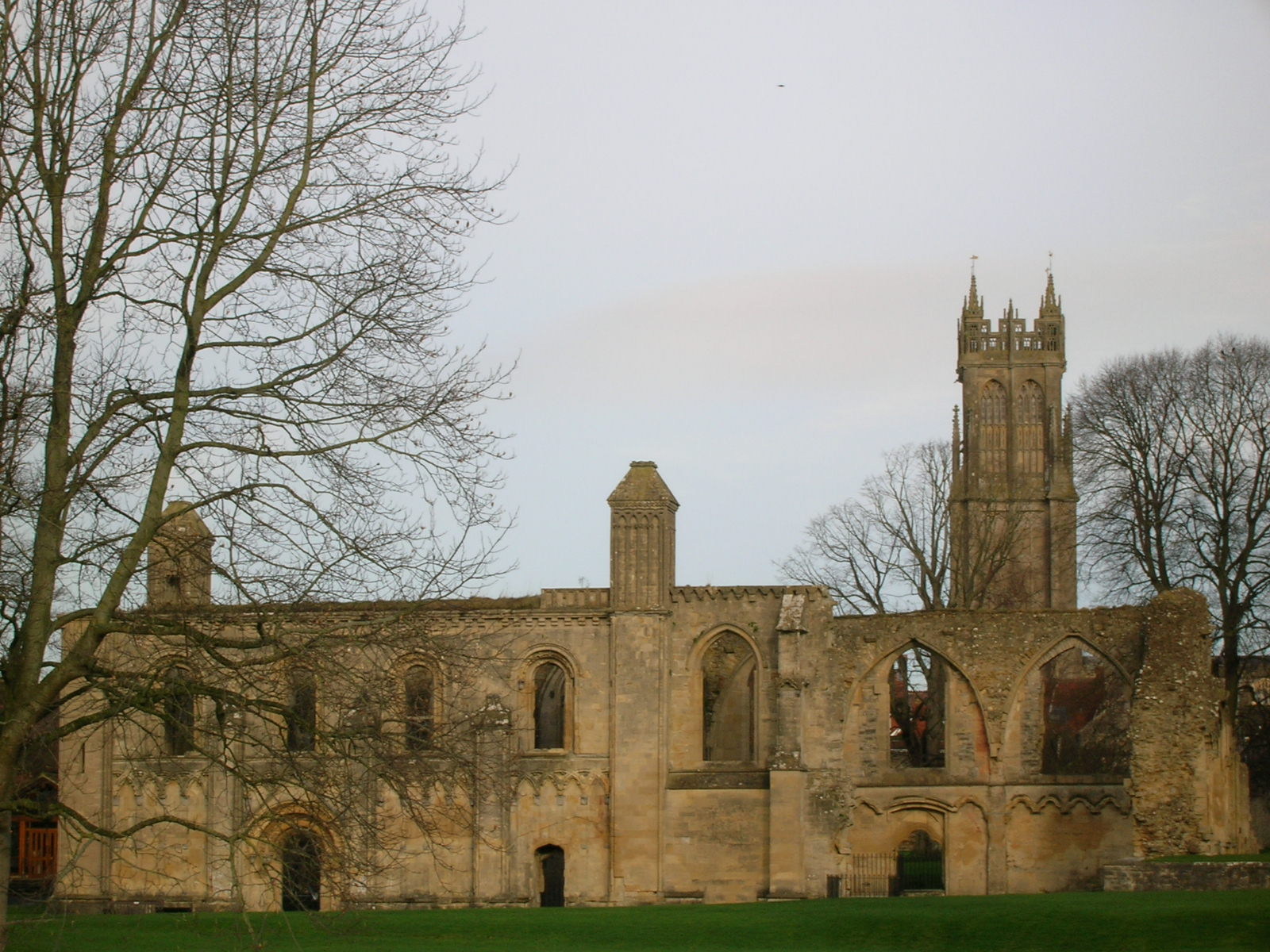The story goes that Socrates was wise because he understood how little he really knew. I find something similar--the more I learn the more I discover how little I have yet to learn.
For example, I have lately been learning about the Benedictine Reform movement that took place in Anglo-Saxon England around the tenth century. I spent two weeks of my spare time, roughly, gathering information, only to feel as if I must find much, much more to really grasp what occurred and what the implications were for Anglo-Saxon church and state. Briefly, here is what I've managed to glean so far:
Second, many abbeys had previously been under the jurisdiction of the local aristocracy; the Reform led to more independence.
Third, the effect of the above two points was to strengthen the position of the king and increase royal power.
More information to follow as I continue to figure this out.
Incidentally, Wikipedia (for what it's worth) says "historians continue to debate the extent and significance of this movement" (See the entry Edward the Peaceful). This makes me feel a bit better about my inability to wrap my brain around the topic.

No comments:
Post a Comment